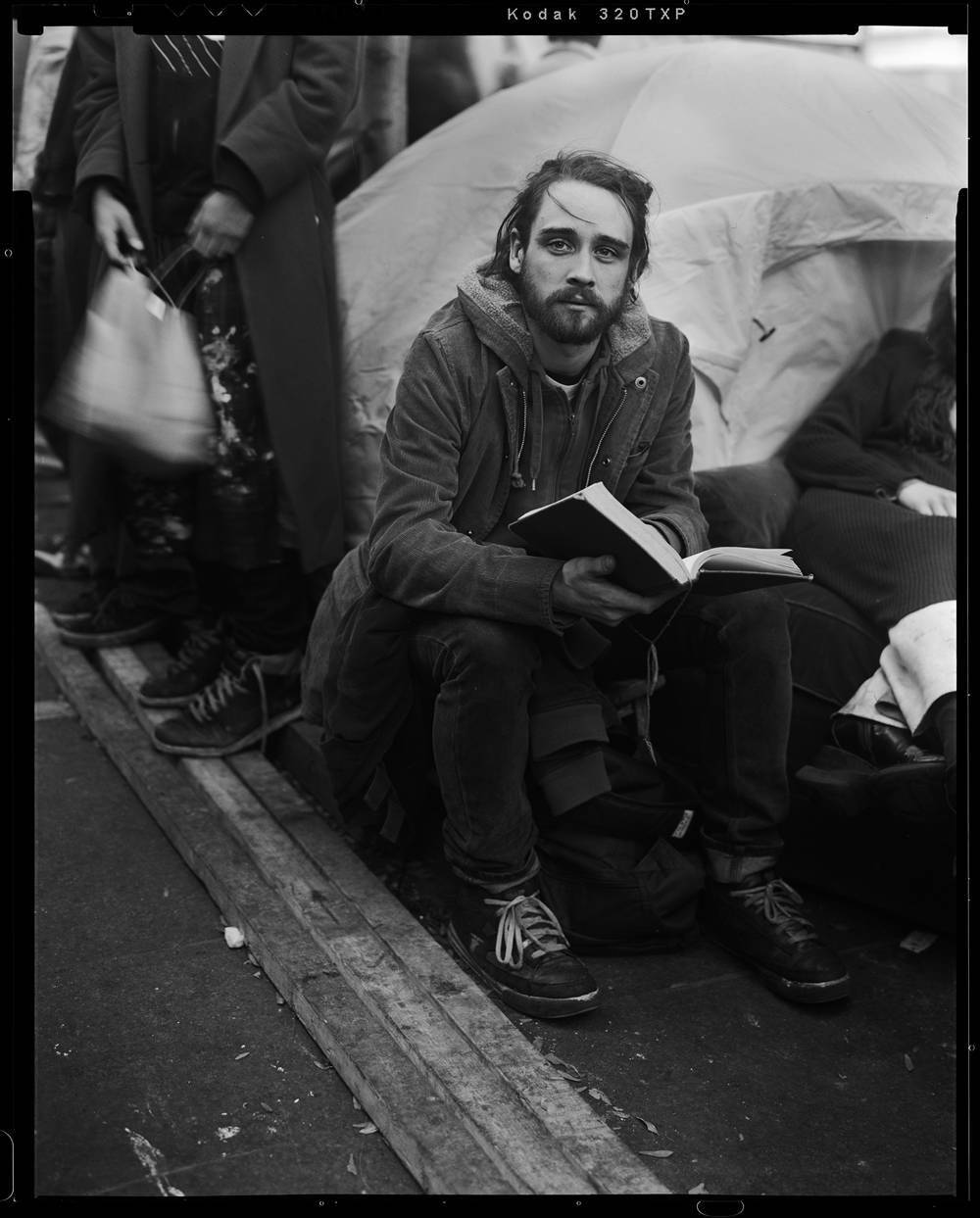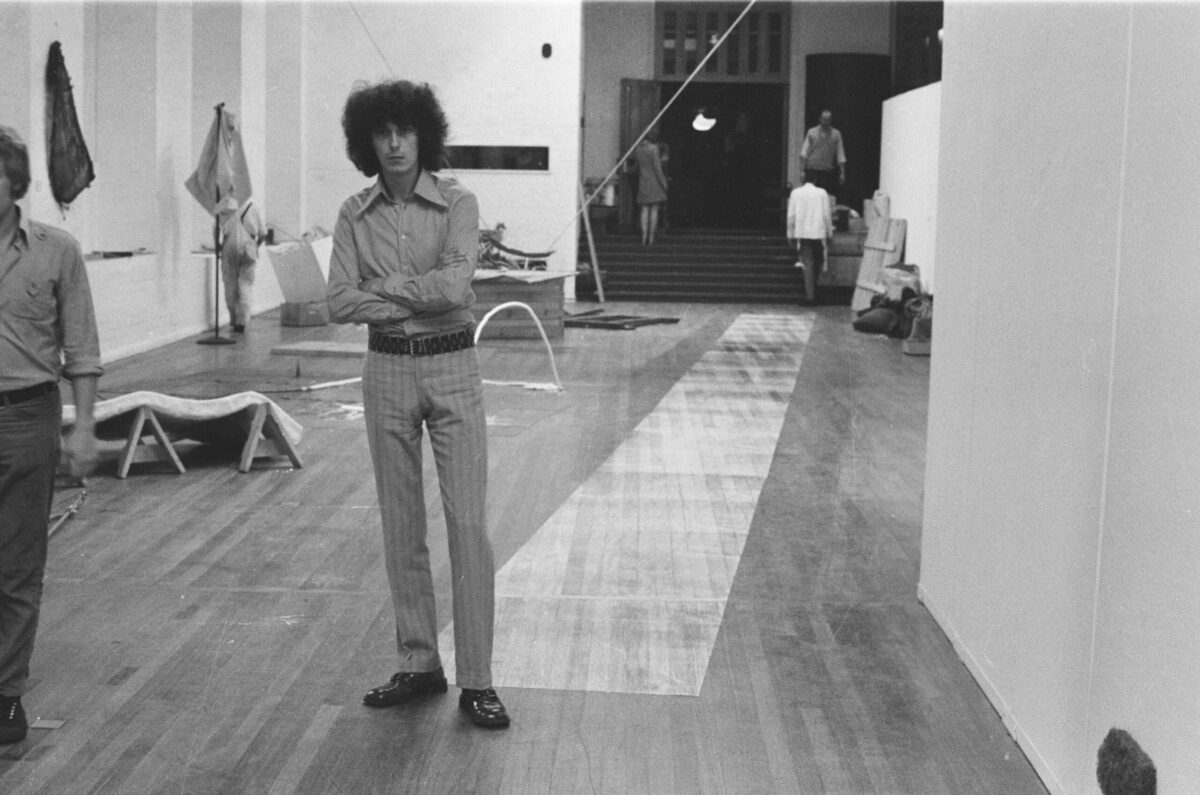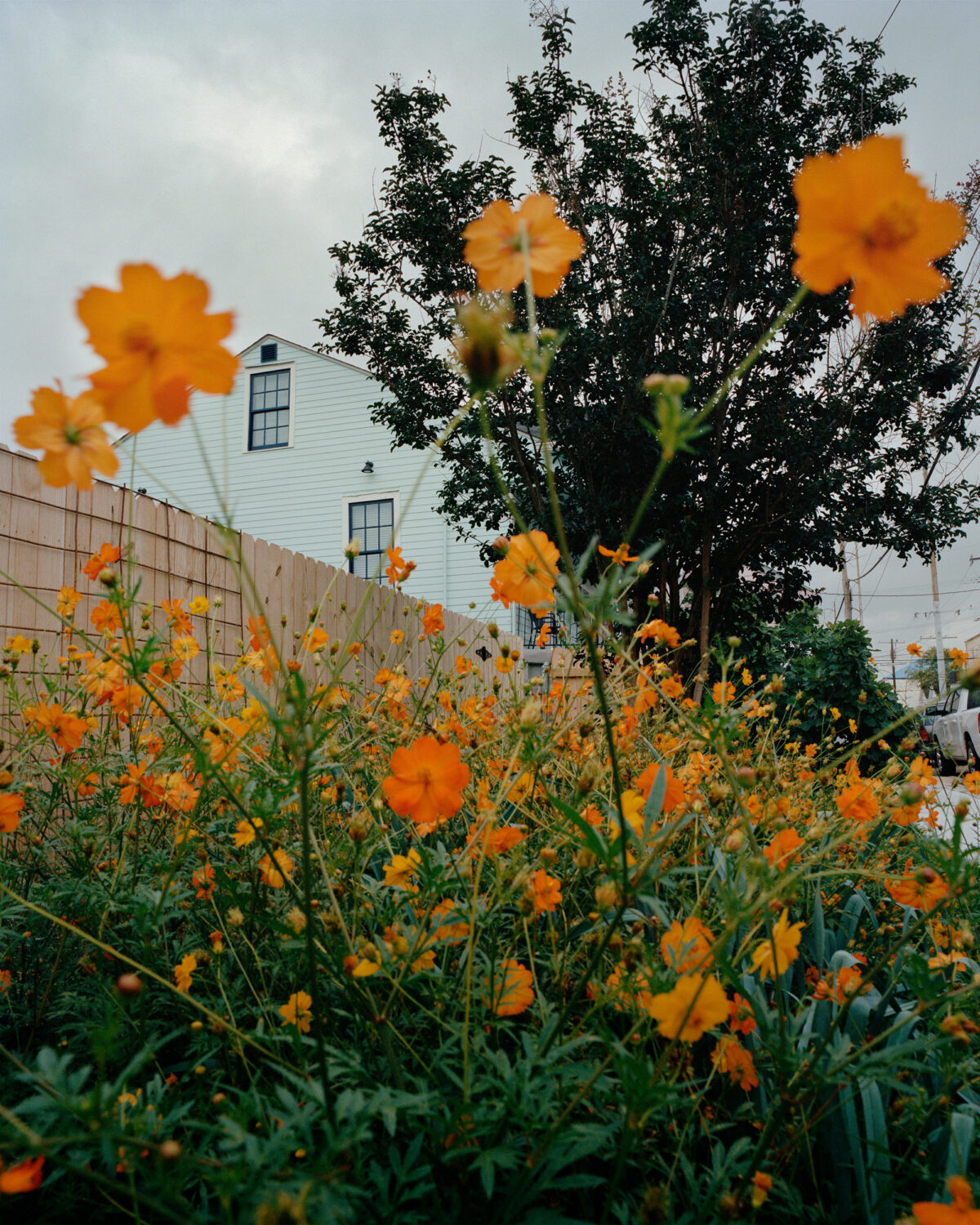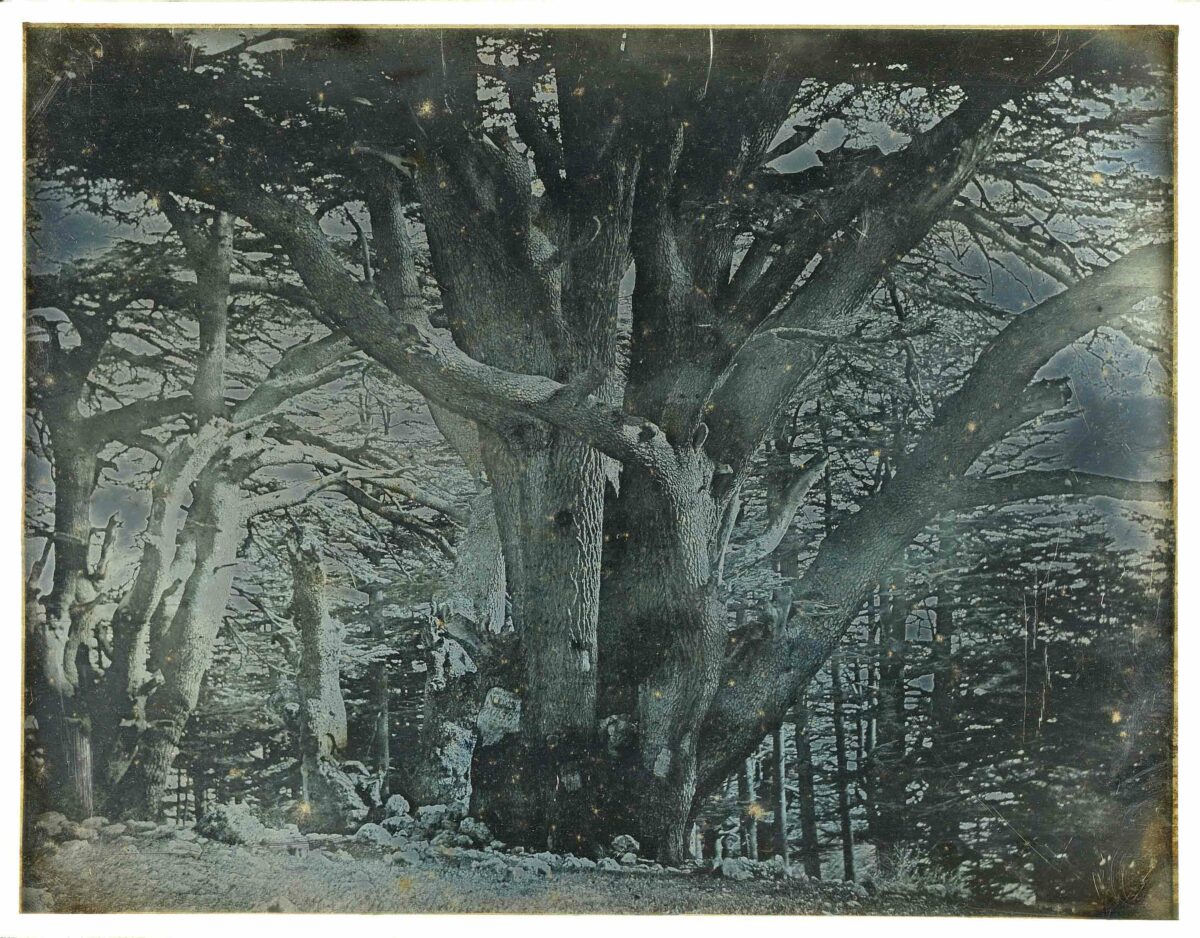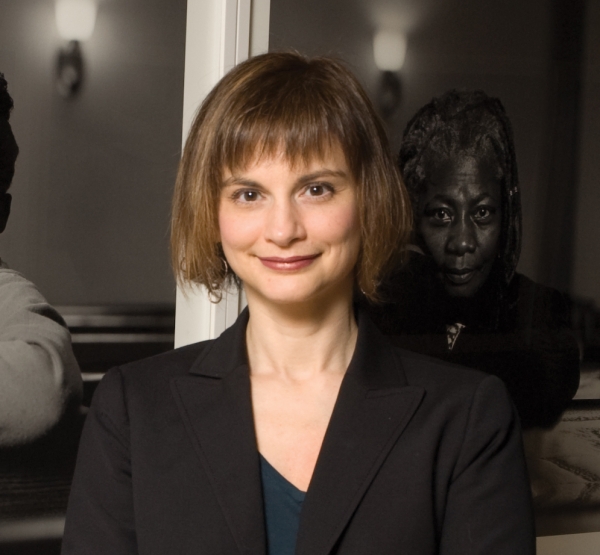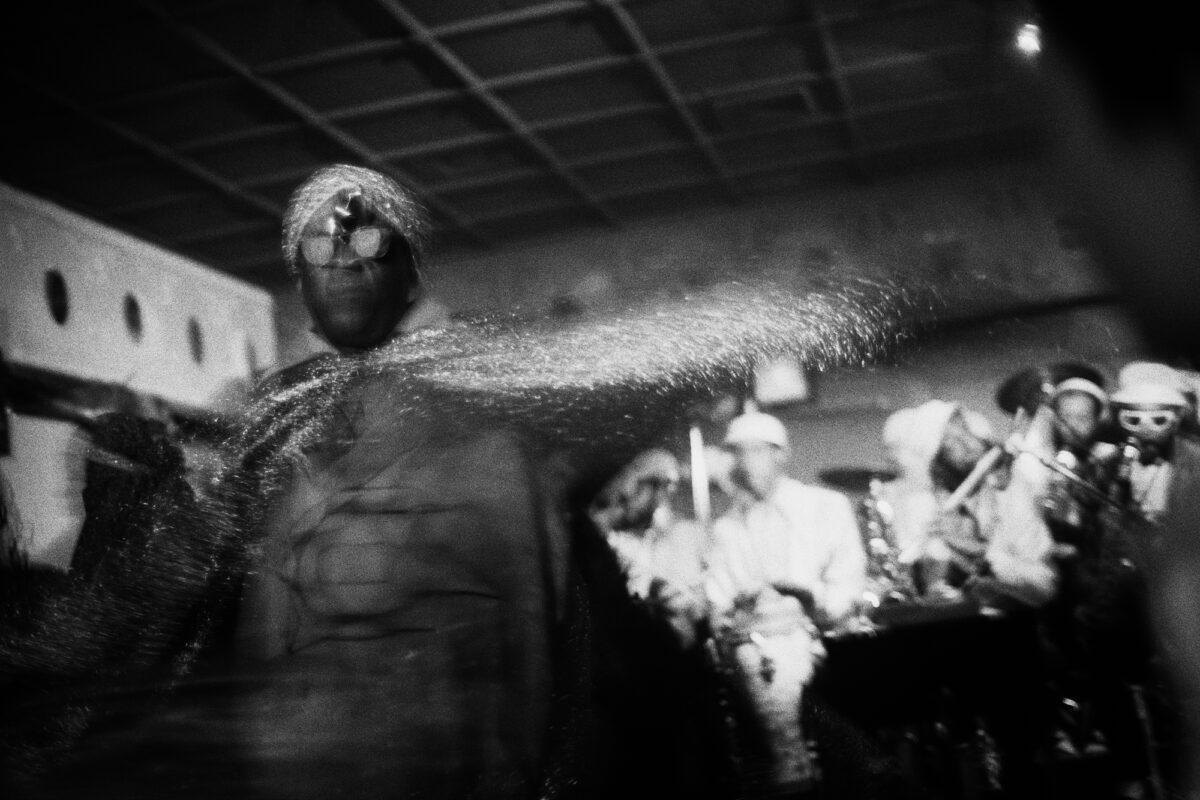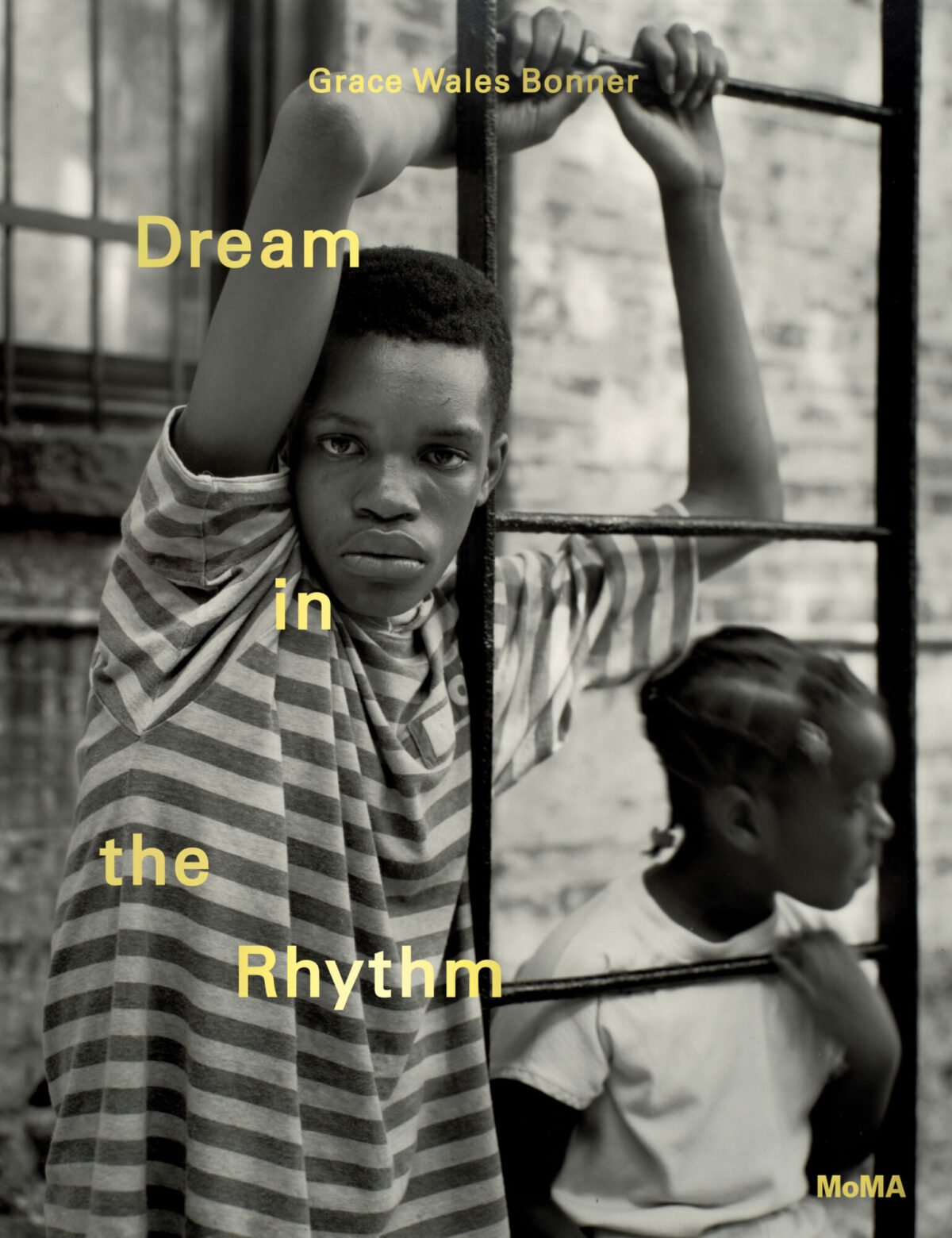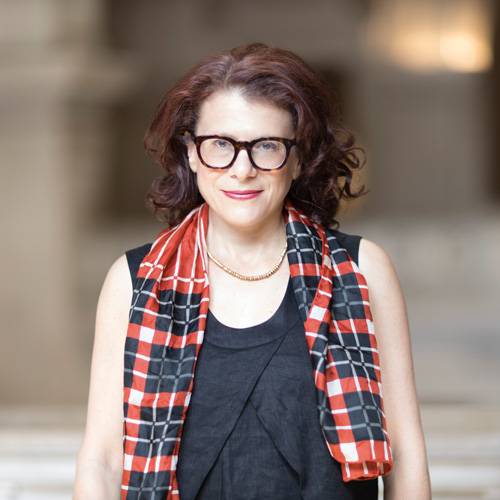MoMA’s 2023 iteration of its seminal exhibition New Photography, on view through September 16, offers only a glimmer of the tumult of the past three years. The fallout of the pandemic, George Floyd’s murder, growing nationalist sentiment and all that it has catalyzed is legible most vividly in the curator’s choice to center a specific global art scene for the first time – Lagos, Nigeria — a bold response to issues of equity in museum spaces.
Spread across three rooms, the exhibition features the work of seven artists at various stages in their careers: Kelani Abass, Akinbode Akinbiyi, Yagazie Emezi, Amanda Iheme, Abraham Oghobase, Karl Ohiri, and Logo Oluwamuyiwa.
As one of contemporary art’s most highly anticipated recurring photography surveys, New Photography has traditionally positioned itself as a site for encountering the most interesting creative output in the medium. For those accustomed to a more opaque connection between participating artists, this year’s focus on one city may come as a suprise. But the curators – Oluremi C. Onabanjo, associate curator of photography at MoMA, along with Kaitlin Booher and Samuel Allen – execute a precise, multifaceted presentation with the potential to speak to the demands of a global museum’s diverse viewership.
The first room of the exhibition presents familiar photographic forms and narratives. Black-and-white images of day-to-day city life by Logo Oluwamuyiwa are installed salon-style across two walls. The photographs are interspersed with small video screens featuring ambient street sounds and black-and-white footage. A rhythmic pattern of dark tones, varying textures, scales, and sounds familiar to urban life across the world creates an accessible point of entry.


In the same room, large-scale color photographs of architecture from Amanda Iheme’s The Way of Life series speak to the legacy of Lagos’s Afro-Brazilian culture and British colonial history. With images of historical ornamentation in aging built environments, the artist captures both a disregard for and an appreciation of the city’s past. Iheme’s and Oluwamuyiwa’s works are in conversation on multiple levels – contemporary and historical, color and black-and-white photographs, and linear and salon-style installations – offering a lens into Lagos’s transformation over time.
The following room brings viewers into contact with the Atlantic Ocean through black-and-white images from Akinbode Akinbiyi’s series Sea Never Dry, with hazy cloudless skies, sand, and Black figures clad in white garments in various states of poetic encounter on a stretch of oceanfront along Lagos’s Victoria Island. Taken over time at Bar Beach, a historically significant place that is now a building site, the images – framed and unframed and hung at various heights – create a sense of rhythm and movement throughout the space, offering a tranquil counterpoint to Oluwamuyiwa’s presentation.
At the center of the room a large table holds Abraham Oghobase’s text and photo-based works printed on silk-chiffon and layered on inkjet prints. The Constructed Realities series features written and photographic records from the colonial period of 1861 to 1960 that reflect a range of topics, from land tenure and hut taxes to coal, oil, and education.
The exhibition hits its stride in the final room, in which video, photographic experimentation, and sculptural forms take center stage. Karl Ohiri’s The Archive of Becoming features a grid installation of discarded negatives recovered from the detritus of Lagos portrait studios that have either gone out of business or transitioned to digital. Visually compelling, due to their deterioration over years of neglect in a humid climate, the images have an otherworldly feel. A mix of figuration and abstraction emerges and recedes through patterns and color distortions resulting from chemical processes over time. The images suggest a sci-fi Afrofuturist sensibility, situating the viewer in relation to the portrait sitters of the past, the organic matter of the present photographs, and a sense of futuristic time travel in the suggestion – created by the chemical erosion – of a night sky full of celestial bodies.


Also on view in this final portion of the exhibition is the work of Kelani Abass. A stunning use of formal qualities such as color, shape, scale, and form characterize his series Casing History. Wooden letterpress cases populated with images from Abass’s family photo archives from the 1960s are skillfully curated and installed within small, multi-size square cubicles of the letterpress boxes. Time is a recurring theme – in the beautiful sepia, grey, green, and red tones reflected in some of the images’s chemical transformations, and in the fact that 1960 marks Nigeria’s independence from the British Empire, and the imaages are from the decade that followed. Also included are snippets of text in Yoruba and English from a book of prayers, humor, incantations, and recipes co-authored by Abass’s father and grandfather. The family album references, the wood of the letterpress boxes, the warmth of family snapshots, and the words of familial elders root viewers firmly in an exploration of ancestry.
Along with the work of of Abass and Ohiri is a montage of photographs, #EndSARS Protests, from self-taught photojournalist Yagaze Emezi, an artist who attracted nearly 30,000 social-media followers with her coverage of Nigeria’s 2020 protests against police brutality. Notably, Emezi’s work is displayed at the exit of the exhibition, leaving viewers with a reminder of the significance of photography in social justice work.
New Photography 2023 perhaps most significantly asks the questions: what is new, and to whom? – questions that signal the demise of a single narrative in favor of the subjective truths of the photograph in a global context.


